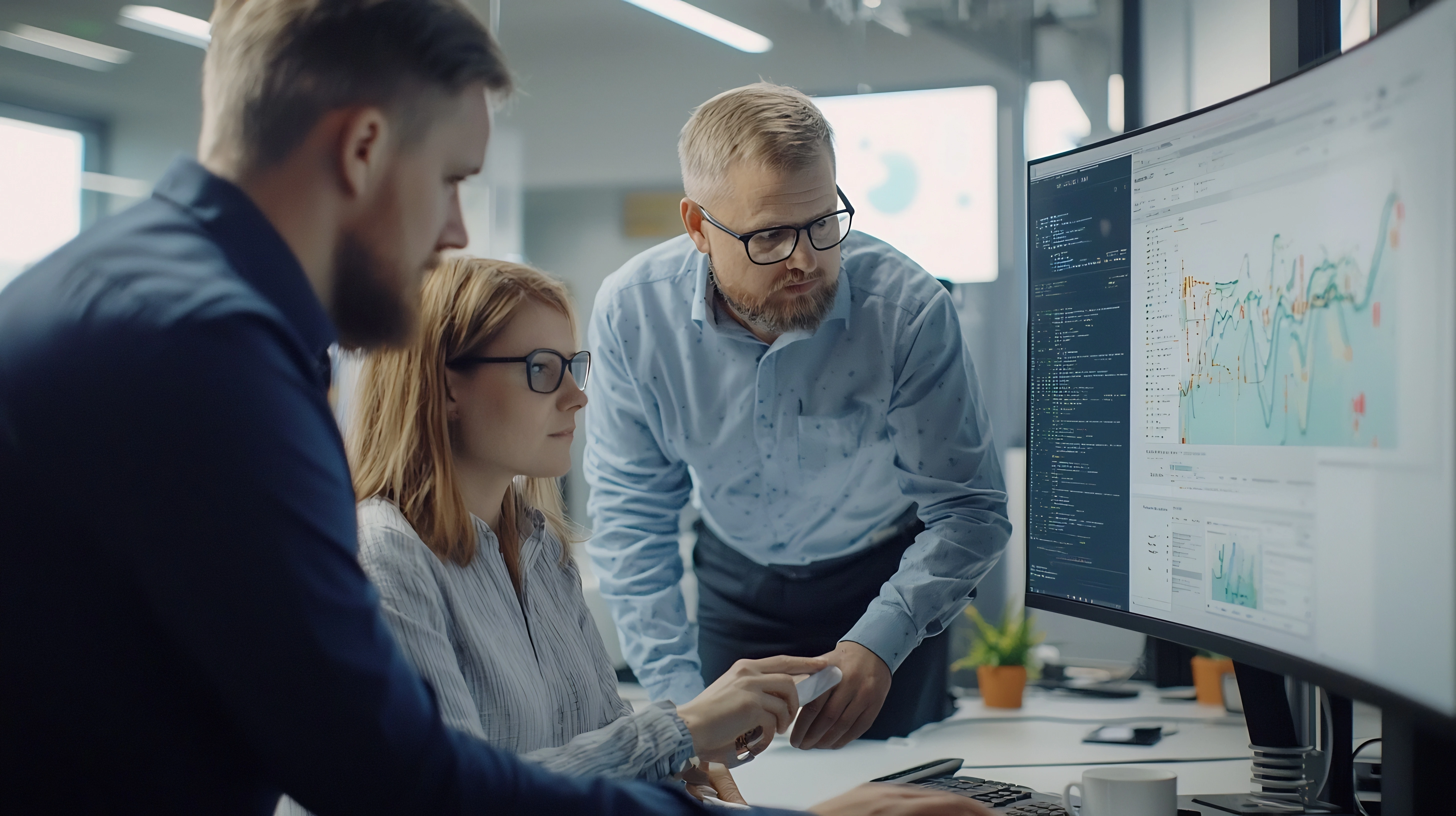
In today’s data-driven business environment, effective procurement data management plays a critical role in optimizing spend, mitigating supplier risk, and supporting strategic sourcing decisions. Yet, many organizations still struggle to turn data into actionable insights. Without clean, relevant, and accessible data, even the most well-designed procurement strategy can fall short. Whether you’re focusing on spend analysis, supplier performance, or risk mitigation, improving the quality of your procurement data is essential. Fortunately, every procurement team can take concrete steps to strengthen their data foundation and enable smarter decision-making.
Why Procurement Data Matters
Before exploring the how, it’s important to reinforce the why. High-quality procurement data allows organizations to identify cost-saving opportunities, improve supplier performance visibility, support strategic sourcing decisions, enhance supplier risk management, and align procurement activities with broader business goals. Unfortunately, many teams either don’t collect the right data or lack the tools and processes to use it effectively. To move toward a more data-informed procurement function, focus on three essential principles: Standardization, Accessibility, and Necessity.
1. Standardization: Create Consistency Across the Organization
First and foremost, standardization ensures your procurement data is consistent, comparable, and reliable. Without common formats and taxonomies, data from multiple systems or suppliers becomes difficult to aggregate or analyze.
Consider these questions:
- Are suppliers categorized the same way across business units?
- Are purchase orders and invoices tagged with consistent codes?
- Is spend classified under a shared, centralized taxonomy?
By aligning procurement classifications—such as category hierarchies, supplier identifiers, and unit standards—teams eliminate redundancy, reduce errors, and create a single source of truth. This foundation supports cleaner reporting, more accurate forecasting, and greater cross-functional collaboration.
Pro tip: Develop enterprise-wide guidelines for procurement data entry and classification to enable accurate benchmarking and spend analysis.
2. Accessibility: Enable Data-Driven Decision-Making
Next, data must be accessible to the people who need it. Procurement professionals, finance teams, and business unit stakeholders all require visibility to make timely, informed decisions. Here’s how to improve accessibility:
- Centralize your procurement data in a shared platform or cloud-based solution
- Invest in analytics tools with user-friendly dashboards and reporting features
- Offer basic data literacy training to empower decision-makers across teams
- Implement access controls to ensure security without creating silos
When stakeholders can access real-time data, they’re better equipped to respond to market shifts, supplier disruptions, and strategic sourcing opportunities. Remember: data only delivers value when it’s usable. Accessibility lays the foundation for a truly data-driven procurement culture.
3. Necessity: Focus on the Data That Matters
Finally, not all data is equally valuable. Collecting more data doesn’t necessarily lead to better decisions. Instead, focus on relevant, high-impact data that aligns with your organization’s current goals and procurement objectives. To make data collection more efficient:
- Define your procurement strategy goals first (e.g., cost savings, supplier diversification, ESG targets)
- Identify which key performance indicators (KPIs) support those goals
- Prioritize the data required to measure those KPIs
- Be flexible – your data needs will evolve as strategies shift
For example: if your organization emphasizes supplier risk management, track metrics such as on-time delivery rates, contract compliance, and supplier financial health. If your goal is cost optimization, focus on spend visibility and unit cost trends.
Tip: Regularly reassess your data collection priorities to keep pace with changing business needs.
Building a Data-Driven Procurement Strategy
By applying these three principles—standardization, accessibility, and necessity—your procurement organization can establish a data management framework that supports long-term strategies. Moreover, you’ll be positioned to make agile, strategic decisions that improve resilience, reduce costs, and deliver sustained value.
Building a strong procurement data foundation is no longer optional—it’s a competitive necessity. Start small, align your efforts with business goals, and empower your team with the tools and training required to succeed in a data-driven procurement environment.



